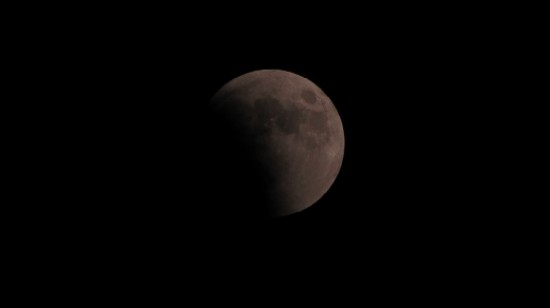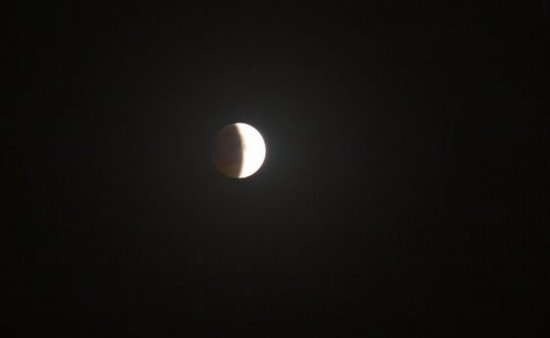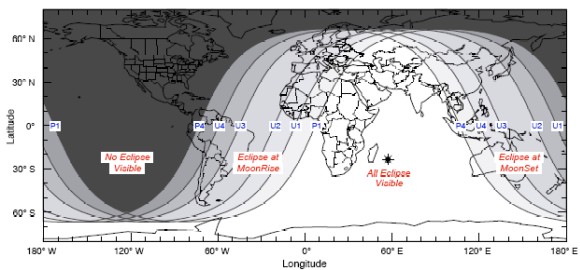By James Dacey
Skygazers in many parts of the world were treated yesterday to the longest total lunar eclipse in over a decade. Sadly, here in the south-west of England almost complete cloud cover meant that I saw precisely none of it. It was rotten luck and Google’s “live coverage'”of the eclipse felt like a very poor second best.
But thankfully my spirits were lifted this morning when I saw these two splendid photographs sent to us by readers via the Physics World Facebook page. The first image was taken by Pedram Esfahani, an engineering physics student based in Tehran, Iran, who captured this shot of the Moon just before the total eclipse.

This second photo taken by Jawaid Siddiq in Lahore, Pakistan, also shows the Moon just before the total eclipse at 0910 GMT (0110 local time).

In the second image you can see that the shadowy region takes on a slightly red hue. This effect (as I’m sure you’ve all been explaining to your non-physicist friends) is due to the way light interacts with the Earth’s atmosphere. To reach the Moon during an eclipse, light has to pass around the Earth and light at the blue end of the spectrum tends to be scattered by the atmosphere. But light at the red end of the spectrum, with its relatively longer wavelengths, has a much better chance of sneaking through and reaching the Moon, before it is then reflected back to Earth.
Totality – when the lunar face is completely blocked – lasted from 1922 GMT until 2102 GMT, making it the longest total eclipse since July 2000. The diagram below was created by NASA to show the extent to which the eclipse was observable across the planet.

You can see a larger version of this diagram with the different eclipse stages explained at NASA’s official eclipse website. The site also gives details of the eclipses coming up during the rest of the year, with the next event to add to your calendar being a partial solar eclipse on 1 July.



